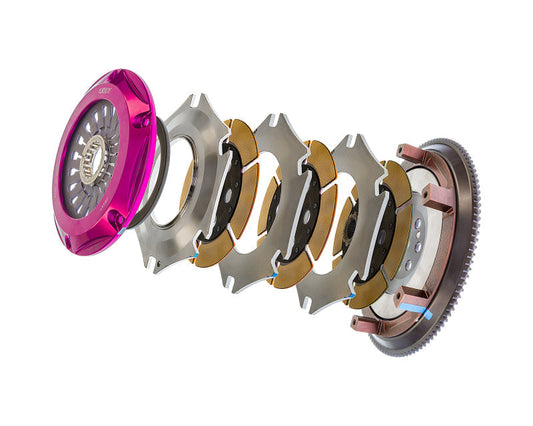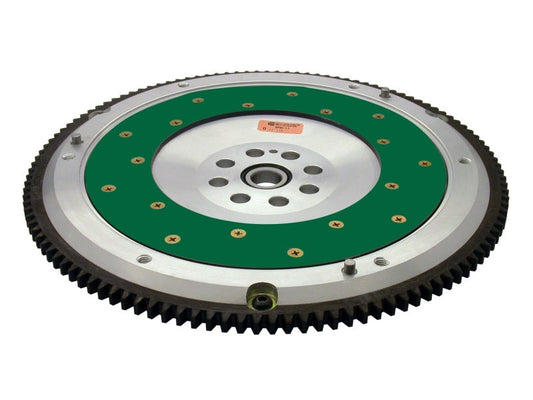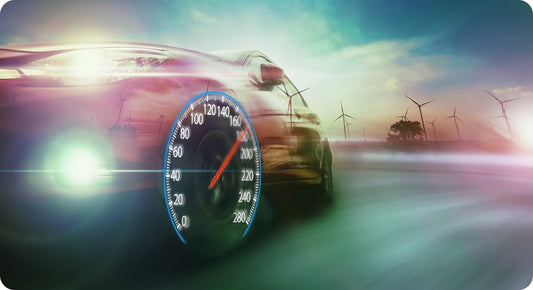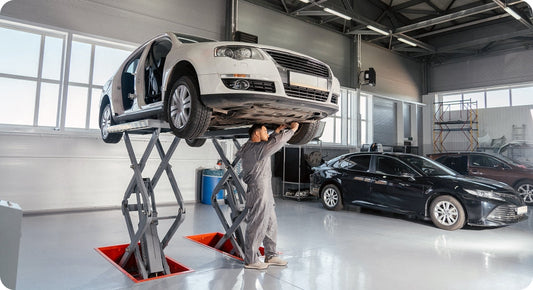Booking a dyno tune is one of the best investments you can make for your build. A proper tune optimizes power, improves drivability, enhances reliability, and customizes your car's performance to your specific mods. But to get the most out of your dyno session—and avoid wasting time or money—you need to prep your car properly beforehand.
At WOT Performance Parts, we want your dyno experience to be smooth, safe, and worth every penny. Here’s everything you need to know about preparing your ride for a dyno tune the right way. Contact us today for more information.
Why Proper Dyno Prep Matters
Rolling into the shop unprepared can result in:
- Tuning delays
- Extra labor charges
- Missed power potential
- Incomplete sessions (if the car can’t be tuned safely)
- Possible mechanical failures under high load
Prepping ensures your tuner spends time dialing in performance, not fixing preventable problems.
Key Steps To Prep Your Car For A Dyno Tune
1. Complete All Planned Mods Beforehand
Dyno tuning is the final step—not the time to install last-minute parts. Make sure all performance upgrades are installed and tested before your appointment, including:
- Intakes and exhaust systems

- Turbo kits or superchargers
- Injectors, pumps, or fueling upgrades
- Intercoolers and cooling systems
- Any ECU piggybacks, sensors, or supporting mods
Pro Tip: Inform your tuner of your complete mod list ahead of time.
2. Perform A Fresh Oil Change
A tuning session puts your engine under a heavy, repeated load. Fresh oil ensures:
- Proper lubrication at high RPM
- Protection against heat stress
- Clean operation for accurate data logging
Use the correct weight and quality synthetic oil for your application.
3. Check All Fluids
Top off or replace essential fluids:
- Coolant (check levels and condition)
- Transmission fluid
- Differential fluid
- Brake fluid (especially if going for high-speed pulls)
Overheating or a minor leak can ruin a session or damage your engine.
4. Inspect Your Spark Plugs And Ignition System
Faulty spark plugs or weak ignition coils cause misfires, rough pulls, and tuning headaches.
Before your dyno session:
- Replace old spark plugs with fresh, properly gapped units
- Inspect coil packs and ignition wires
- Use plugs appropriate for boost if forced induction (colder heat range if needed)
A strong, clean ignition ensures reliable combustion under full throttle.
5. Ensure Your Fuel System Is Ready
Dyno pulls demand maximum fuel delivery. If your fuel system can’t keep up, tuning will stall—or worse, your engine could run lean.
- Fill up with the correct fuel type (93 octane, E85, race gas—whatever you plan to tune for)
- Confirm that your fuel pump, injectors, and lines are up to the task
- If tuning on ethanol or race fuel, bring extra with you to the shop
Pro Tip: Never show up low on fuel unless the shop tells you otherwise.
6. Inspect Belts, Hoses, And Cooling System
You don’t want a radiator hose popping off at 7,000 RPM on the dyno. Spend a few minutes checking:
- All belts for cracks, wear, or looseness
- Radiator hoses for soft spots or bulges
- Proper radiator fan operation
- No coolant or oil leaks
A healthy cooling system is critical to surviving repeated wide-open-throttle runs.
7. Tighten Drivetrain Components
Dyno pulls strain your drivetrain hard. Loose bolts or tired mounts can create:
- Driveshaft vibrations
- Clutch slippage
- Broken axles or engine mounts
Inspect and secure:
- Driveshaft bolts
- Motor and transmission mounts
- Axle nuts and suspension arms
8. Check Tire Condition And Pressures
Most shops will strap your car onto a roller dyno. Worn, underinflated, or damaged tires are dangerous.
Before your session:
- Check tread depth
- Inflate to proper pressures
- Inspect for nails, bubbles, or dry rot
Important: No spare tires, drag radials, or slicks unless specifically approved.
9. Bring Any Special Equipment Or Notes
Bring with you:
- Lockout codes, immobilizer bypasses (if needed)
- Your handheld tuner, if you have one
- A list of mods and goals for the tune (e.g., power target, fuel type, boost settings)
- Access instructions if your ECU requires unlocking
Pro Tip: Clear any lingering CELs unrelated to your new setup so the tuner isn’t chasing old problems.
10. Discuss Expectations And Goals With Your Tuner
 The more you communicate upfront, the better the outcome. Be clear about:
The more you communicate upfront, the better the outcome. Be clear about:
- Power goals
- Fuel types
- Safety margins (conservative tune vs. aggressive)
- Intended use (daily driver vs. race-only)
A good tuner will prioritize reliability if that’s important to you, or chase maximum horsepower if that’s your mission.
Maximize Your Tuning Investment
A dyno tune is one of the best performance upgrades you can make—but only if your car is ready for it. Spending a few hours prepping saves you money, prevents surprises, and gets you bigger gains faster.
Get Ready For Your Dyno Tune With WOT Performance Parts
Need last-minute parts before your tune? WOT Performance Parts has you covered with:
- Spark plugs, ignition coils, and fuel system upgrades
- Cooling system components
- High-performance fluids
- Intakes, exhausts, intercoolers, and more






